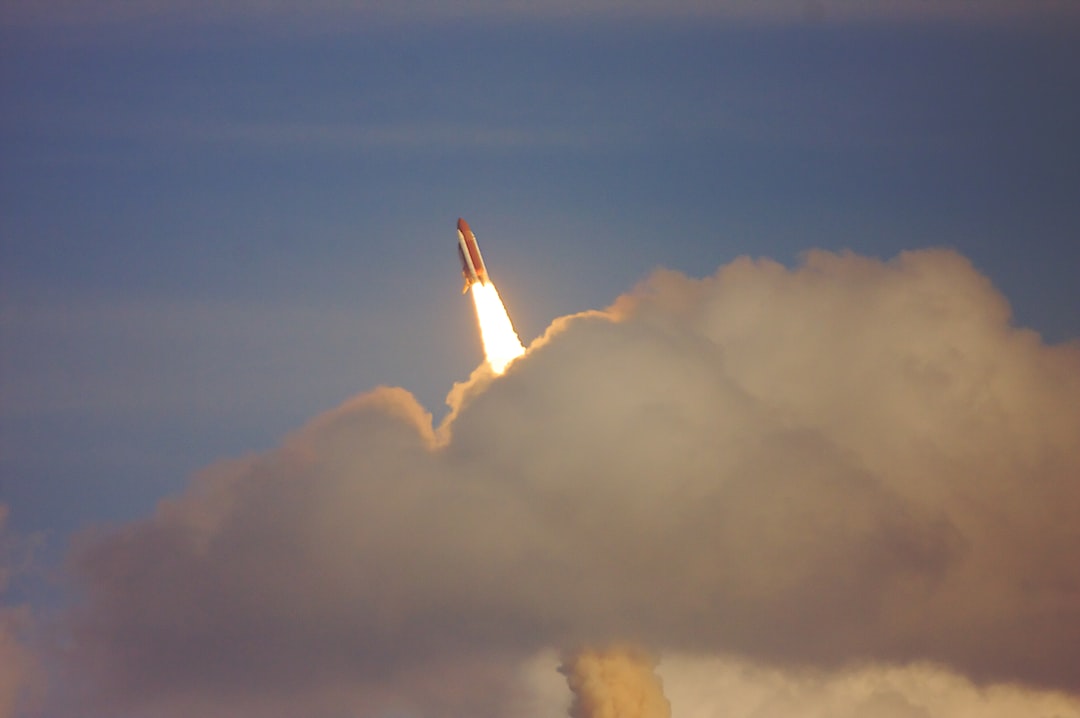What is it about?
Given vertically sheared winds, latent heat release in convective clouds tends to yield a pair of opposite signed potential vorticity (PV) without the need of preexisting PV. This comment reinterprets such a process as along-isentropic (horizontal) flux of PV due to cross-isentropic (vertical) momentum transport.
Featured Image

Photo by Pascal Bernardon on Unsplash
Why is it important?
PV field describes the balanced part of atmospheric flow in weather systems. While convective clouds can change the balanced and unbalanced parts of the flow by diabatic heating or cooling, studying diabatic effects on PV is important because it untangles the changes in the balanced part of the flow from coupling with the unbalanced part. This comment gives insight into how convective clouds can change a weather system because, generally, the balanced part of the change stays in the weather system while the unbalanced part disperses with gravity waves. It explains how convective clouds can lead to inertial or symmetric instability because this process can change the sign of PV. Such insight may lead to improvement in weather prediction, which improves our lives.
Perspectives
As my side project, I have been thinking about this process, analyzing it with data, and presenting about it in conferences. However, I had not found the motives to compose a paper about it until I read the target paper by Hitchman and Rowe and peer-reviewed their subsequent paper. I hope this comment can enrich their paradigm. I thank them for reemphasizing the canoe paddle analogy in their reply. To me, the vertical shear is analogous to the velocity difference between paddle motion and water flow, and the diabatic forcing is analogous to the paddle impingement on the interface. My conceptual model suggests that these ingredients together (take the product) yield the PV dipole. The canoe paddle schematic can be viewed upright or upside down with the impingement representing cooling or heating, respectively. In both cases, with respect to the paddler, the vertical shear is backward, and the diabatic PV flux is rightward.
Hing Ong
University of California, Davis
Read the Original
This page is a summary of: Comments on “On the Structure and Formation of UTLS PV Dipole/Jetlets in Tropical Cyclones by Convective Momentum Surges”, Monthly Weather Review, November 2020, American Meteorological Society,
DOI: 10.1175/mwr-d-20-0156.1.
You can read the full text:
Resources
Contributors
The following have contributed to this page










